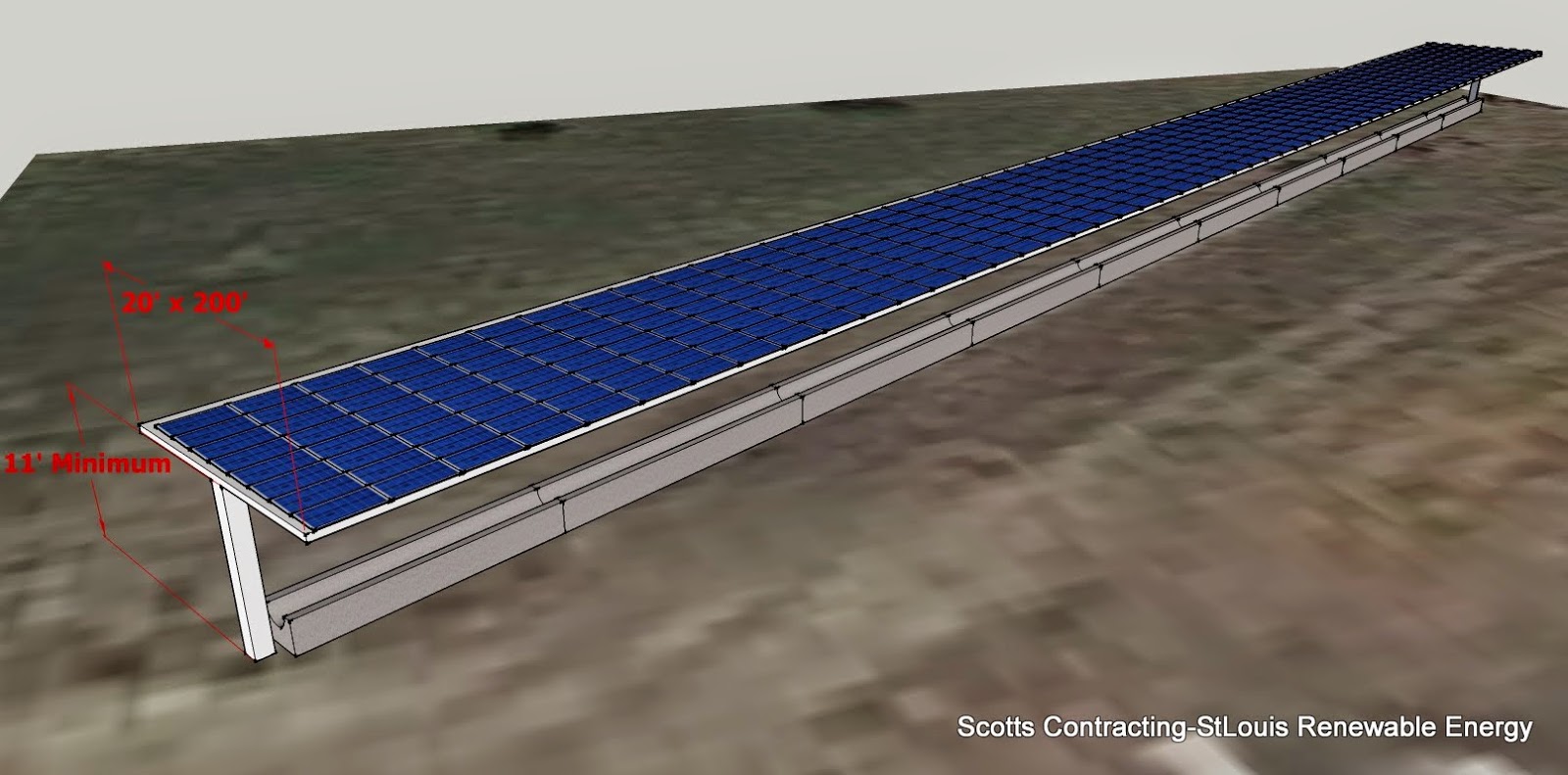Exxon Hates Your Children YouTube video: http://youtu.be/uXV6FW9Vg0I
MAKE EXXON PAY FOR CLIMATE CHANGE — NOT OUR CHILDREN!
The time is now to stop fueling climate disaster on US taxpayers’ dime. We demand Congress and the President work together to eliminate ALL subsidies to fossil fuels. We, and our children, cannot afford the more than $10 billion per year in handouts from the US government to Big Oil, Gas and Coal.
As Congress debates what actions to take to avoid the so-called “fiscal cliff” perhaps no programs are less worthy of government support than those which subsidize Big Oil, Gas, and Coal. Read on to understand:
- How oil, gas and coal companies undermine your children’s futures,
- Why these subsidies are a waste of taxpayer dollars, and
- What you can do to stop them.
Imagine if your government gave a company a sweet deal to build your local playground. Then, that company dumped toxic waste underneath where your kids play everyday, just because it was the most profitable thing for them to do.
What would you do? Obviously you’d protect your children and demand that the company fully pay to clean up their mess. You’d demand that the company pay for any medical help needed by your kids. Finally, you’d demand that your government immediately stop sending your tax dollars — subsidies — to that company.
That company is Exxon, the playground is our planet, and the sweet deal they get is by way ofmassive government handouts. But Exxon is not alone; their competitors and industry friends in the fossil fuel game are all running their businesses in a way that is ruining our children’s futures.
In short, if you judge Exxon and other fossil fuel companies not by the words on their press releases, but by their actions and predictable consequences, Exxon really must hate your children. The facts speak for themselves.
Consider the following:
- Exxon must hate your children because their business model depends on drilling for more and more of the fuels that cause climate disruption, even though fossil fuel companies havealready discovered significantly more oil, gas and coal than scientists say we can safely burn. They are creating climate chaos every day — and they’re getting rich doing it.Even the International Energy Agency now agrees that in order to have even chances of limiting global warming to just 2 degrees Celsius (beyond which the worst impacts of warming will kick in), two-thirds of the current proven reserves of fossil fuels must remain in the ground by 2050.
- Exxon must hate your children because, for years, they spent millions funding a coordinated campaign to create confusion about climate science, which slowed the move towards a more sustainable future. Now Exxon (finally) admits that climate change is a problem, but…
- They say they can’t predict what will happen, and
- Therefore they will continue business as usual.
In June 2012, Rex Tillerson, the CEO of Exxon, acknowledged that burning of fossil fuels is warming the planet, but said society will be able to “adapt”. Tillerson blamed a public that is “illiterate” in science and math, a “lazy” press, and advocacy groups that “manufacture fear”for misconceptions around the oil and gas industry.Exxon's report, "Energy and Carbon - Managing the Risks" published on March 14, 2014, flatly states "we do not anticipate society being able to supplant traditional carbon- based forms of energy with other energy forms, such as renewables, to the extent needed to meet this carbon budget". - Exxon must hate your children because they and other fossil fuel companies send campaign contributions to candidates for Congress, and in turn, they get massive subsidies…at the expense of more important causes. For every one dollar Big Oil spends on political contributions, they get $59 back in subsidies — a 5800% rate of return. Meanwhile, they make record profits — in 2011, just the 5 biggest oil companies alone (including Exxon) made roughly $135 billion in profits. The at least $10 billion annually in our tax dollars that goes to supporting these rich fossil fuel companies should instead go to building a safe future for all our children.
- Exxon must hate your children because climate change threatens the future of all of our children, and they seem to just ignore it. Even before Superstorm Sandy hit the East Coast of the United States, we were witnessing climate impacts on a daily basis, and they’re only getting worse. Just this summer, we’ve seen drought engulf the breadbasket of America. We’ve seen freak storms ravage the Midwest and east coast. All of these impacts are consistent with scientific predictions of climate change. Yet Exxon continues drilling and funding Congressional campaigns, in order to get more subsidies to feed their addiction to their climate-destroying profits.
So, to Exxon, your children’s safe futures stand in the way of their massive profits. They peddle influence, throw their money around, and lobby their way to more subsidies, more obscene profits…and a more dangerous future for the rest of us.
Exxon, and all other oil, gas and coal companies, talk a good game. Their slick ads — which they have the money to place almost everywhere thanks to record profits supplemented by government handouts — promise jobs, prosperity, energy security and a brighter future. Unfortunately, the only promise that they are likely to deliver on is the promise of profits — which won’t matter for your children, who will have to pay the price.
This is not a problem we will solve overnight. To start though, we can demand that Exxon, and all other oil companies, stop using our money to fund climate destruction.




